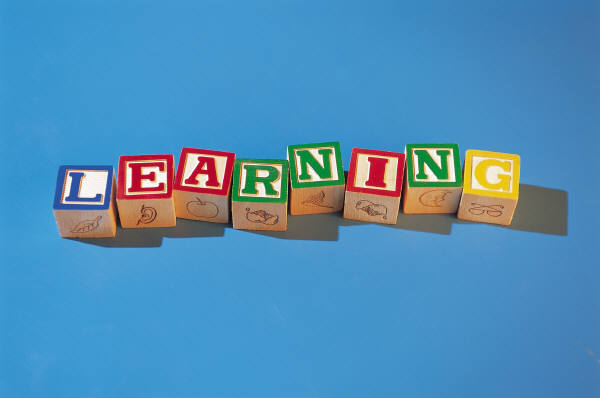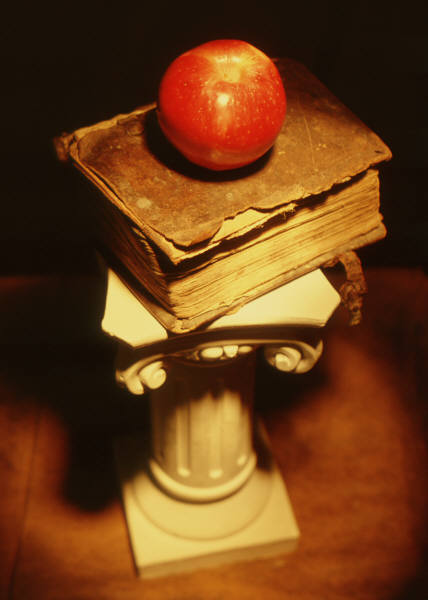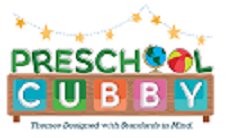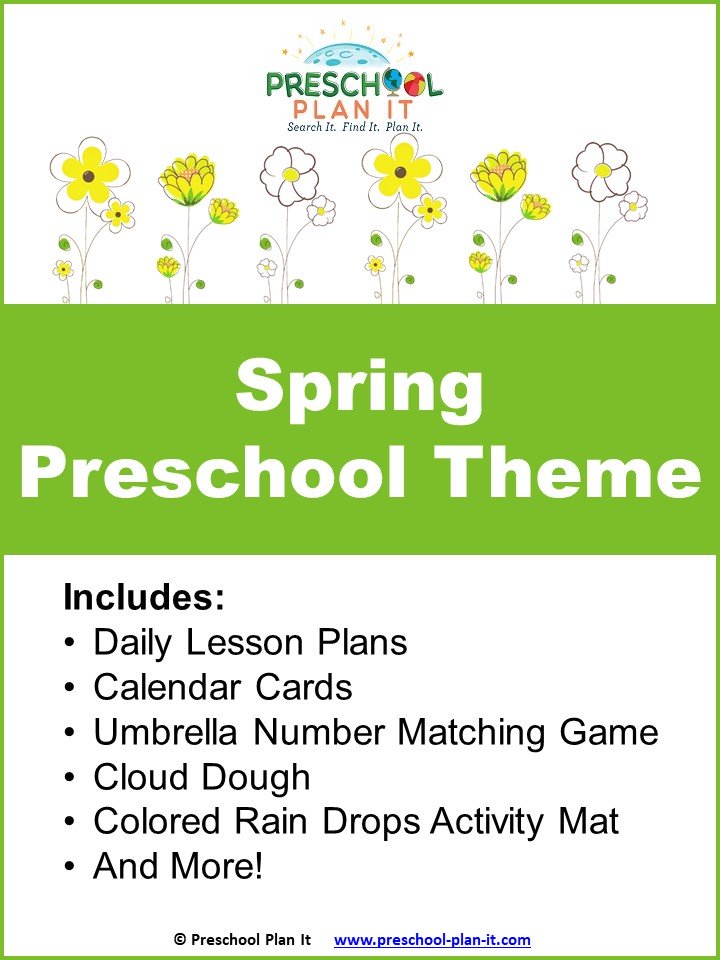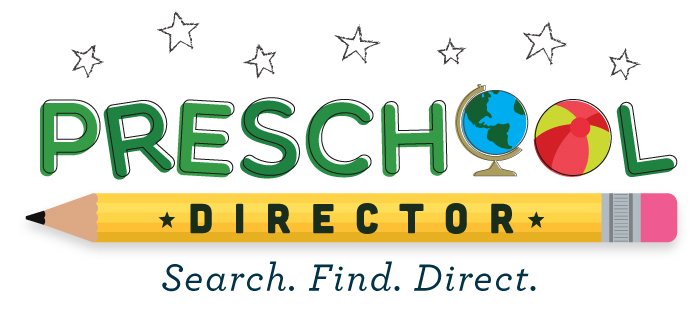Cognitive Development in the Preschool Years
What is cognitive development in preschool and how can parents and teachers foster it in the early childhood years?
Cognitive development in young children is basically the ability to gain knowledge. Someone in Washington once said, "All children will start school ready to learn." THIS is good! But .... children are born ready to learn. THIS is even better!
Have you ever watched a baby accidentally kick or grab at toys hanging above him? At some point the baby realizes he is actually causing the toys to move with his hands or feet. After that he may attempt to consciously make the toys move.
However, he may or may not have the motor development to move his limbs purposefully. At some point however, it all comes together and the child may be making his first attempts to accomplish something. Even more importantly the baby has already begun to gain knowledge. He is gaining cognitive skills.
A toddler runs to see a big red ball in the middle of the yard. He nudges the ball as he reaches out to grab it. The ball rolls away. Every time the toddler encounters a ball it rolls. Sometimes .... someone rolls it to him. Sometimes he may have the opportunity to see the ball bounce.
Eventually the toddler generalizes what he knows about balls. He may think that an orange or a decorative glass globe is a ball. He expects all spheres to act the same. If a ball bounces a tomato may bounce too. But, if the parent/caregiver gives the child plenty of opportunity the toddler will learn all about balls and other things that are shaped like a ball.
If the parent or caregiver is punitive when the child makes a mistake the child will begin to take less chances when it comes to trying to figure out his environment. The parent or caregiver who chooses to encourage the child to experiment with his environment is facilitating cognitive development.
Over the course of several years I had the pleasure of spending a lot of time in an NAEYC accredited preschool program in Michigan. It was easy to see why the classroom was accredited. The teaching team knew how to facilitate cognitive development in their young students.
The day I am thinking about it was choice time. Both teachers knew that choice time does not mean that it is time for them to work on bulletin boards or paperwork while the children play. They also knew that children develop cognitive skills as they play.
This teaching team seems to understand the importance of intentional teaching as they create a classroom environment to meet the needs and interests of the children. The children choose which center they want play in, who to play with and what materials to play with in each center.The schedule is set up so that children will have plenty of time to get involved in activities as they explore the environment.
Since this particular day was early in the year the teachers had chosen to use two colors of paint, yellow and red, at the easel. After all, they figured, those colors go nicely with a fall theme. They also know that many children would enjoy seeing what happens when the colors mix.
One of the teachers approached Susie painting at the easel. Susie paints and paints and paints. She covers the paper with paint, thick layers of paint. She watches the paint drip down the paper. Louise (Teacher) sees what Susie is doing. She says "Look! There is no more white paper. Where did the white paper go? What pretty colors. I see yellow and red. I see orange too! Where did that orange come from?"
These teachers know that one good way to promote cognitive development is to ask lots of open ended questions. Now Susie is thinking about lots of things. (How the paint covers the paper, how red and yellow make orange, etc.)
Louise noticed that a couple of children in the "Block Area" were trying to build a tower. They were standing the unit blocks on end (vertically) on the carpet and the blocks kept falling down. Louise sat next to them and built a tower the same way herself.
She said to the children, "What could I put under these blocks that might be sturdier. It seems like this carpet is too soft to make the blocks stand up. What do you think? Then the teacher led a brainstorming session. Eventually someone suggested that they build on a hard surface. Maybe they could lay one block down to build on.
If Louise had told them how to build a stronger tower they would have known how to build a stronger tower. But she knew that an important cognitive development skill is the ability to solve problems.
Since this particular day was early in the year the teachers had chosen to use two colors of paint, yellow and red, at the easel. After all, they figured, those colors go nicely with a fall theme. They also know that many children would enjoy seeing what happens when the colors mix.
One of the teachers approached Susie painting at the easel. Susie paints and paints and paints. She covers the paper with paint, thick layers of paint. She watches the paint drip down the paper. Louise (Teacher) sees what Susie is doing. She says "Look! There is no more white paper. Where did the white paper go? What pretty colors. I see yellow and red. I see orange too! Where did that orange come from?"
These teachers know that one good way to promote cognitive development is to ask lots of open ended questions. Now Susie is thinking about lots of things. (How the paint covers the paper, how red and yellow make orange, etc.)
Louise noticed that a couple of children in the "Block Area" were trying to build a tower. They were standing the unit blocks on end (vertically) on the carpet and the blocks kept falling down. Louise sat next to them and built a tower the same way herself.
She said to the children, "What could I put under these blocks that might be sturdier. It seems like this carpet is too soft to make the blocks stand up. What do you think? Then the teacher led a brainstorming session. Eventually someone suggested that they build on a hard surface. Maybe they could lay one block down to build on.
If Louise had told them how to build a stronger tower they would have known how to build a stronger tower. But she knew that an important cognitive skill is the ability to solve problems.
Kimberly (teacher) sat down next to a frustrated child doing puzzles. As she was helping him learn strategies for doing puzzles a child brought her some toy food. She said as if she were in a restaurant, "How much do I owe you?"
She realized that she could expand on the child's play by providing a toy cash register and toy money. Several of the children began serving food, taking orders on little note pads and counting money. These teachers know that expanding on children's play also expands their cognitive development.
Some children were sitting at the table looking at the leaves and seeds that were collected on a nature walk at recess. Kimberly had already pulled several books off the shelves for the children about trees, autumn etc. She grabbed the handful of books and sat with the children. She found a page in the book about maple trees. She showed it to the children who compared the pictures of maple leaves and seeds with the leaves and seeds they had.
Soon they were all busy identifying leaves and seeds and asking the teacher to read them what the book said. These teachers know that whenever possible they should supply books so children will know how to find the information they need and expand their knowledge. The children in this group are excited as they make new discoveries and increase there knowledge.
These instances are not unusual in this classroom . Actually they are quite usual. I always enjoy spending time in this quality classroom. The children are engaged, working on cognitive development skills and are enthusiastic about learning new things. Their eyes brighten and they smile as they say, "Hey, teacher, look!!!"
Go to the Early Childhood Development Main Page
Go to Preschool Professor's HOME Page
